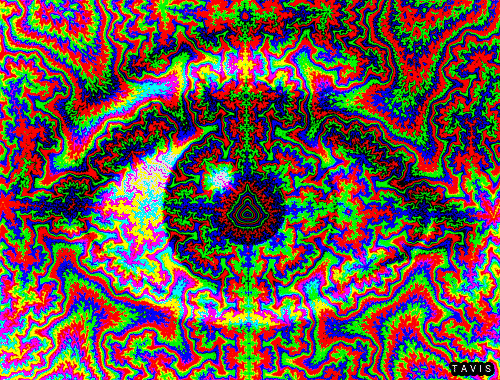Keep in mind that in real life, there are two types of energy radiation, reflection and emission.
First, photos are static records of light at a point in time, and don’t naturally emit light as radiation (in significant enough quantities for consideration). As such, they are only reflective, which is dependent on the light that is already in your environment (e.g., the LEDs in your home are missing huge bands of the spectrum), and as such, these wavelengths may not exist to be reflected by the photo.
Secondly, photos are generated by either film, or based on a cmos/ccd sensor, which are calibrated to capture a subset of em radiation in the human visible spectrum. As such, they have filtered the light that may be usable to other organisms.
So based on both of these, depending on similarity to human eyes, no, most animals (non mammals, in particular) would not see photos in the same way as real life.
Thank you, very comprehensive answer.
I believe no. Bees see ultraviolet light that photos don’t emit.
Weak photos not capturing things we cannot see!
You can get (or at least you could, I assume they still make it) infrared film, it tends to make things look sort of white and ghostly.
Wow. That’s a thing. Imna start calling this bee film!
All human color technology - paintings, photographs, screens, lighting - is optimized to stimulate the three types of human retinal cone cells. The exact sensitivity of each cone type to light across the spectrum is not even as important as the relative levels of activation of the three cones by the light. Which is why when some light activates 100% of “red” cones and 100% of “green” cones you see it as yellow, regardless of whether the light is a broad-spectrum light from an incandescent lamp or a single frequency 575nm LED light. This is also why only 3 numbers (0-255, 0-255, 0-255) is enough to describe every color that humans can ever see.
Other animals can have different number of types of cone cells, and the light-sensitive pigments in them can be slightly different from human ones, having different spectrum response curves. Bees in particular can see ultraviolet light, and flowers have designs on them that can only be seen in UV, specifically for bees.
An arbitrary photograph will not appear color-photorealistic to other animals the way it does to us, but animals can still see shapes in it and identify objects, the same way you can recognize people even in a photo-negative.
I very much enjoy this thoughtful answer. Thanks!
I don’t think so, film only meant represent light and colors the human eye is capable of observing. For example flowers glow due to pigment diffraction with UV light, finished photographs tend to not be UV reactive.


